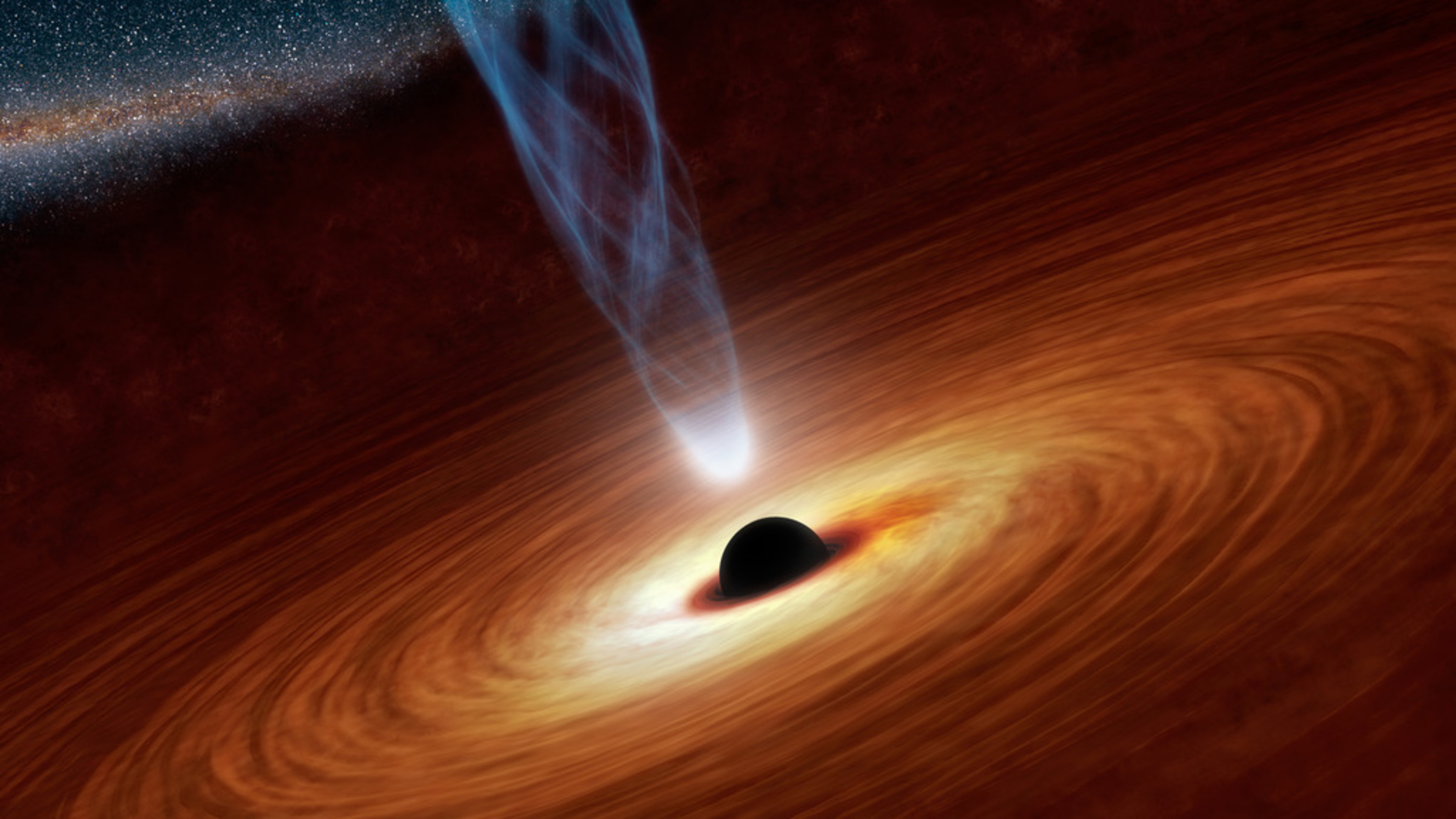

During the past several weeks, NuSTAR has observed three active galactic nuclei (AGN) in coordination with the NASA/JAXA XRISM mission. These observations, coming from three different science programs, cover a variety of goals and all three require the coordination between NuSTAR and XRISM. Combining NuSTAR’s broadband coverage extending to the high-energy X-rays (3–79 keV) with XRISM’s high spectral resolution will unveil fundamental properties of these AGN and open a new window on the evolution and physics of accretion onto supermassive black holes. Coordinated observations of NGC 7314, a highly-variable and unobscured AGN, will enable studies of the reprocessed X-ray emission from the different components of the AGN (i.e., its accretion disk, the broad line region, and the surrounding dusty torus). These observations are designed to accurately measure the spin of the black hole and the inclination of the system via relativistic reflection, while simultaneously constraining the structure of the distant reprocessing material. Observations of NGC 4507, an obscured AGN, will probe the location, geometry, velocity, and density of the obscuring material. Finally, observations of NGC 4945, a highly obscured and unexpectedly variable AGN, will constrain the distance of the obscuring/reprocessing medium from the AGN nucleus, as well as determine its structure and structural changes on timescales ranging from a few hours to more than 10 years.
Authors: Elias Kammoun (Postdoctoral Scholar, Caltech)